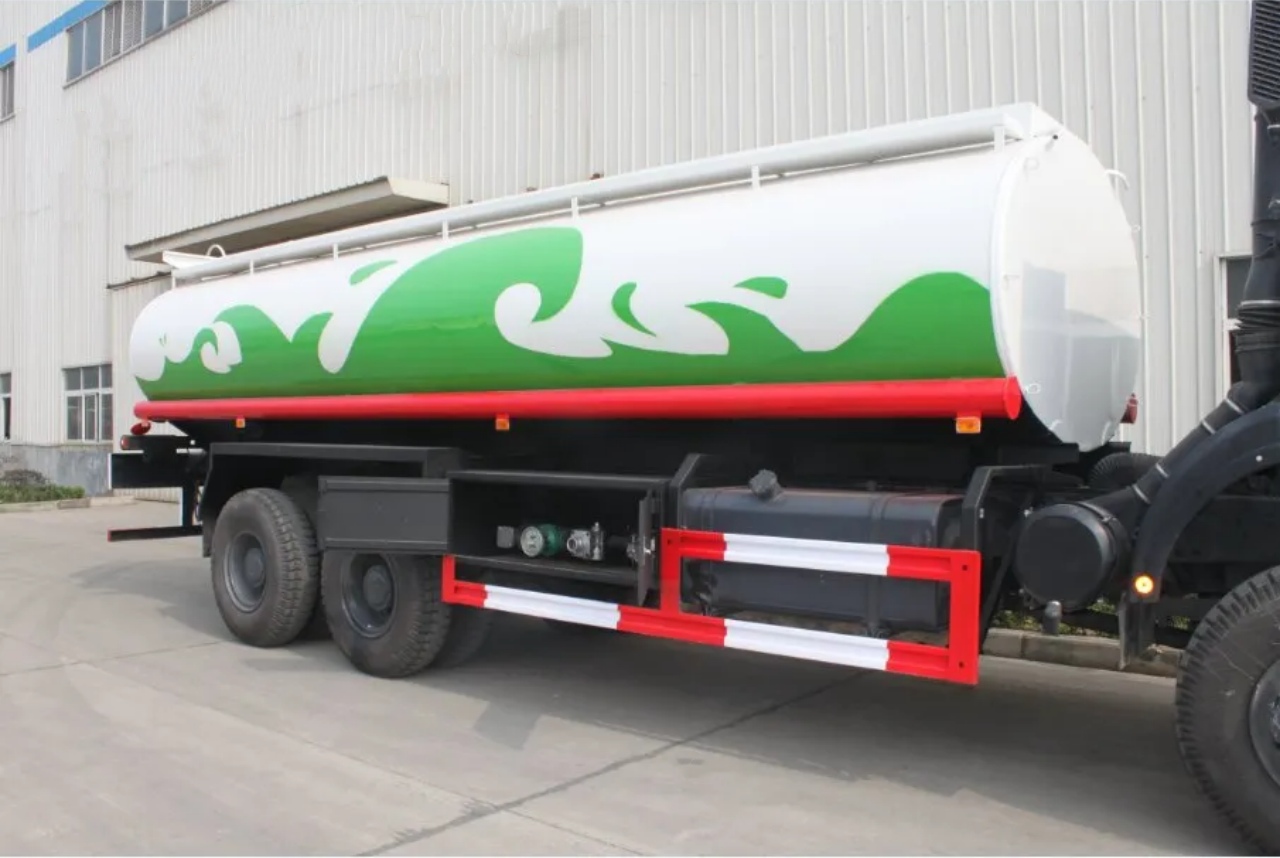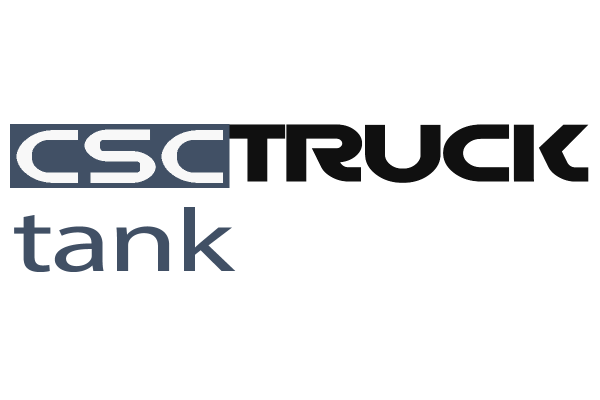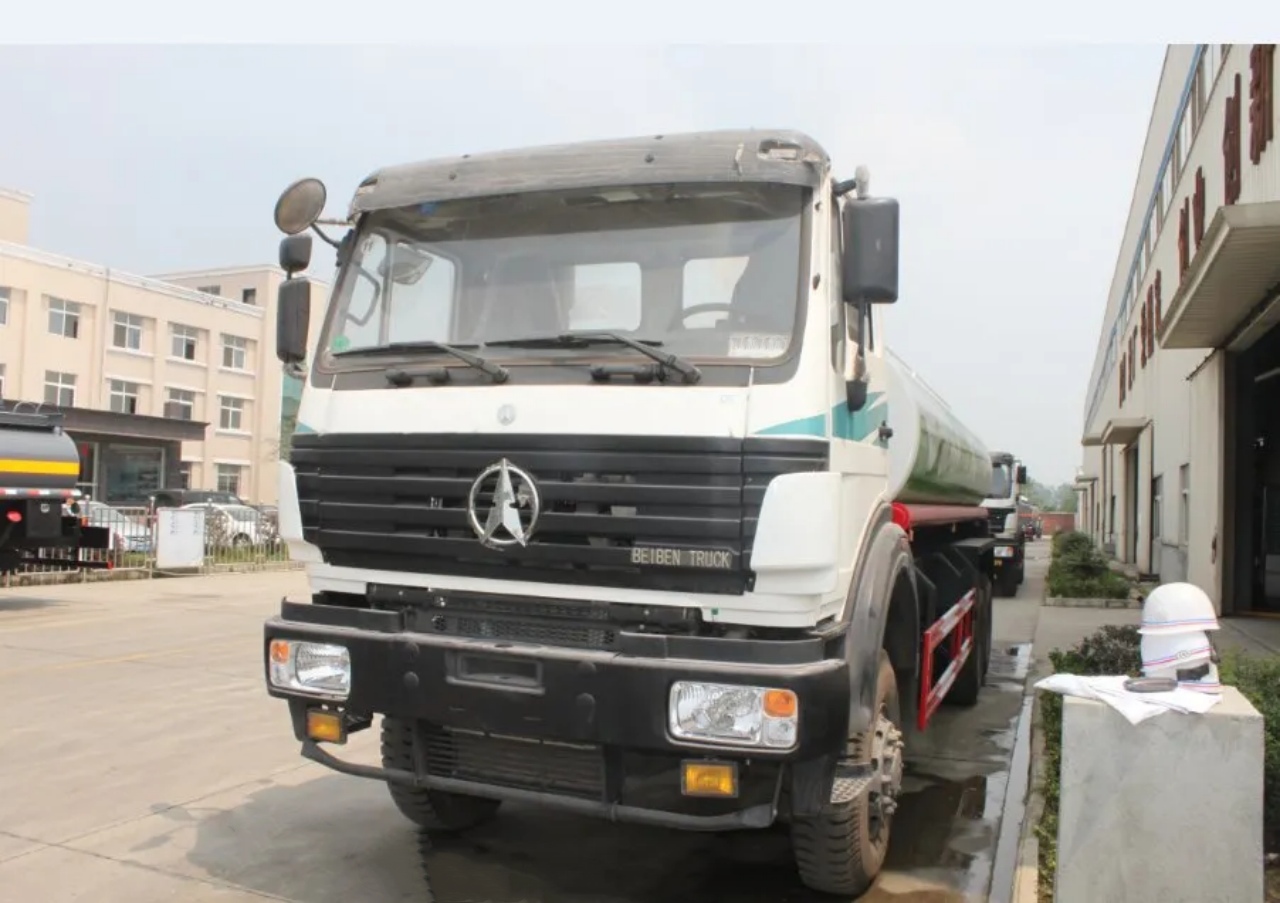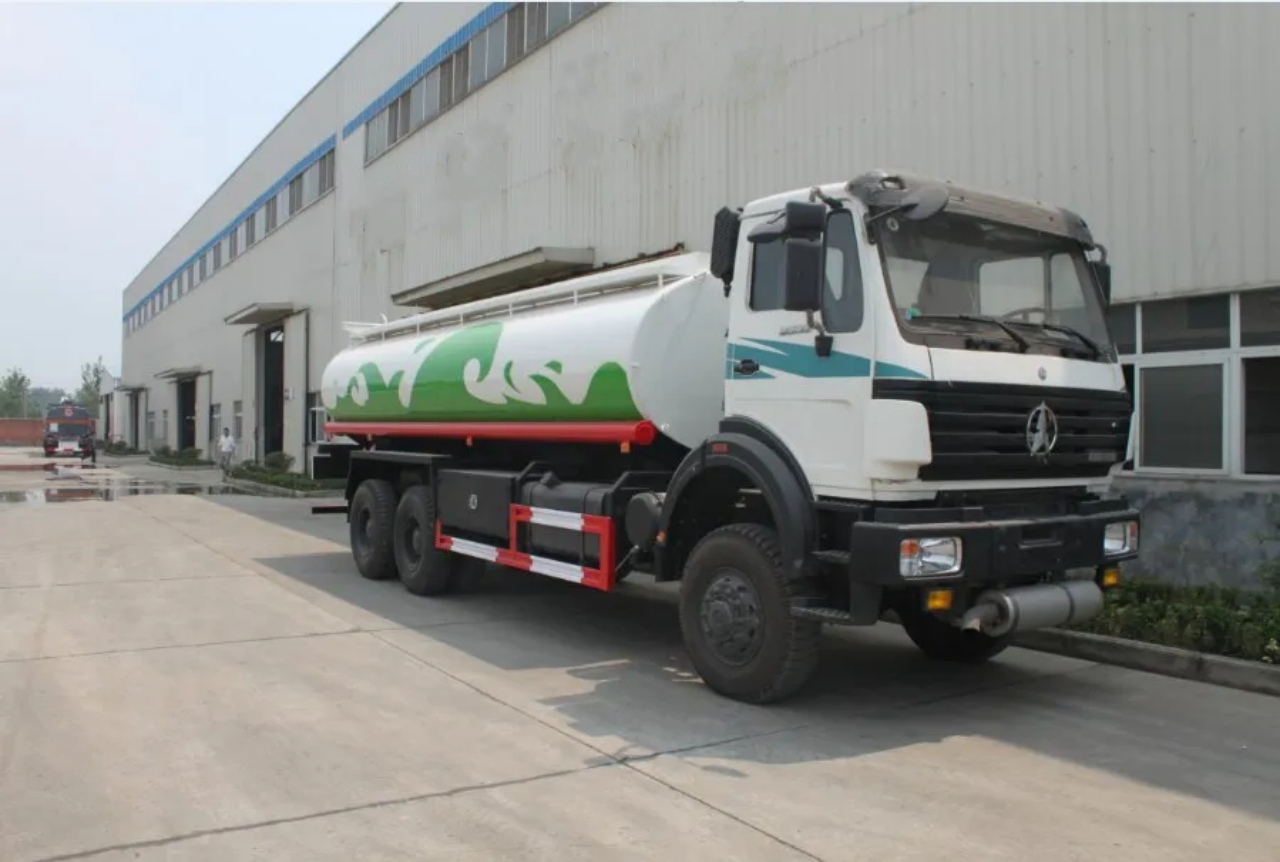Bulk tanker trucks are essential components of the global supply chain, designed for the efficient and safe transportation of large quantities of materials. From dry powders to liquid chemicals, bulk tanker trucks play a critical role in a wide range of industries, including agriculture, construction, food processing, chemicals, and petroleum. In this article, we will explore what bulk tanker trucks are, the types available, their construction, how they operate, and their importance in logistics and industry.
Definition of a Bulk Tanker Truck
A bulk tanker truck is a specialized vehicle designed to transport bulk materials in large quantities. These materials can be liquids, gases, or dry solids, all of which are carried in large tanks or containers that are mounted on a truck chassis. Unlike traditional cargo trucks that carry palletized goods or containers, bulk tanker trucks carry cargo directly in a sealed tank, allowing for efficient loading, transport, and unloading of the contents.
Bulk tankers are commonly used for commodities that are difficult to package individually, such as fuel, milk, flour, cement, or industrial chemicals. They are engineered with specific materials and features to ensure safety, cleanliness, and compliance with various industry standards and regulations.
Types of Bulk Tanker Trucks
Bulk tanker trucks are categorized based on the type of material they are designed to transport. The main types include:
1. Liquid Bulk Tankers
These are used to transport a wide range of liquids such as milk, water, fuel, chemicals, and food-grade oils. Liquid tankers are made with corrosion-resistant materials like stainless steel or aluminum and may be compartmentalized to carry different liquids simultaneously.
- Fuel Tankers: Designed to carry gasoline, diesel, or aviation fuel.
- Food-grade Tankers: Used to transport consumable liquids such as milk, juices, and edible oils.
- Chemical Tankers: Equipped with special linings and safety features for transporting hazardous liquids.
2. Dry Bulk Tankers
Dry bulk tankers carry powder or granular materials like flour, sugar, cement, plastic pellets, or fertilizers. These tankers are typically cylindrical and use pneumatic systems for unloading the contents.
- Pneumatic Dry Bulk Tankers: Unload material using pressurized air through pipes and hoses.
- Gravity Discharge Tankers: Use gravity to discharge the cargo through bottom hatches.
3. Gas Bulk Tankers
These are designed to transport liquefied or compressed gases like propane, LPG, or LNG. They are built with reinforced structures to handle the high pressures involved in storing and transporting gases safely.
Construction and Components
The construction of a bulk tanker truck depends largely on the type of material it is intended to transport. However, most bulk tankers share some common components:
Tank
The main body of the truck is where the material is stored. Tanks can be insulated or non-insulated, heated or non-heated, depending on the cargo requirements. Materials used include stainless steel, aluminum, and carbon steel.
Chassis
The structural framework that supports the tank and connects it to the truck cab. The chassis must be strong enough to carry the heavy loads involved in bulk transport.
Discharge System
The unloading mechanism varies by tanker type:
- For liquid tankers, they may use pumps or gravity-fed valves.
- For dry bulk tankers: Use pneumatic blowers or gravity chutes.
- For gas tankers: Require pressurized connections and safety valves.
Safety Features
Bulk tankers often include features such as pressure relief valves, spill containment systems, fire extinguishers, anti-rollover designs, and emergency shutoff valves.
How Bulk Tankers Operate
The operation of a bulk tanker involves several steps:
- Loading: Depending on the cargo, loading may occur through the top or bottom of the tank. For liquids and gases, pumps or pressurized systems are used. Dry bulk goods are often loaded using hoppers or pneumatic suction systems.
- Transport: During transit, tankers must maintain safe pressure and temperature conditions. Insulated or heated tanks may be used to maintain the cargo quality.
- Unloading: Liquids may be unloaded using gravity or pumps. Dry bulk materials are typically unloaded pneumatically, and gases require specialized connections and equipment for safe transfer.
Regulatory Considerations
Due to the potential hazards associated with transporting bulk materials, bulk tanker trucks are subject to stringent regulations:
- DOT (Department of Transportation): Sets safety standards for tank design, operation, and maintenance.
- EPA (Environmental Protection Agency): Oversees environmental concerns related to spills and emissions.
- FDA (Food and Drug Administration): Regulates food-grade tankers to ensure cleanliness and sanitation.
Operators must also hold specific commercial driver’s licenses (CDLs) and undergo training in handling hazardous or sensitive materials.
Applications and Industries
Bulk tanker trucks serve a variety of industries:
- Agriculture: Transport fertilizers, grains, and feed.
- Construction: Deliver cement, sand, and lime.
- Food and Beverage: Distribute milk, sugar, oils, and beverages.
- Petroleum: Deliver gasoline, diesel, and heating oil.
- Chemical and Industrial: Transport acids, solvents, and compressed gases.
Each of these industries relies on the efficiency and specialization that bulk tanker trucks offer to streamline supply chains and ensure consistent delivery of essential materials.
Advantages of Bulk Tanker Trucks
- Efficiency: High-volume transport reduces the need for frequent trips.
- Safety: Designed to minimize spill risks and environmental impact.
- Cost-Effectiveness: Lower packaging and handling costs compared to smaller containers.
- Specialization: Customizable for specific cargo needs, including temperature control and pressurization.
Challenges and Considerations
Operating and maintaining bulk tanker trucks also come with challenges:
- Maintenance: Requires regular inspection of tanks, valves, and safety systems.
- Cleaning: Particularly for food-grade and chemical tankers, cleaning protocols are strict.
- Driver Training: Specialized training is needed to ensure safe handling of hazardous or sensitive materials.
- Regulatory Compliance: Must stay updated with changing transportation laws and environmental regulations.
Conclusion
Bulk tanker trucks are vital assets in the transportation infrastructure, enabling the efficient and safe movement of a vast range of materials. Whether it’s delivering fuel to gas stations, milk to processing plants, or cement to construction sites, these specialized vehicles ensure that essential commodities reach their destinations reliably. As industries continue to evolve and demand for bulk materials grows, the role of bulk tanker trucks will remain indispensable in modern logistics and industrial operations.






